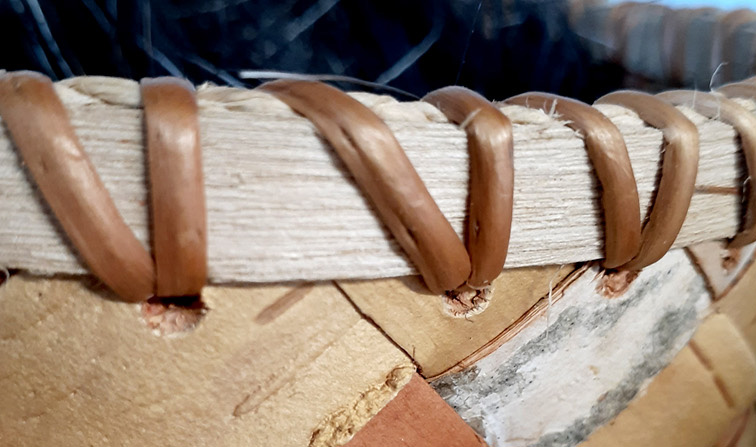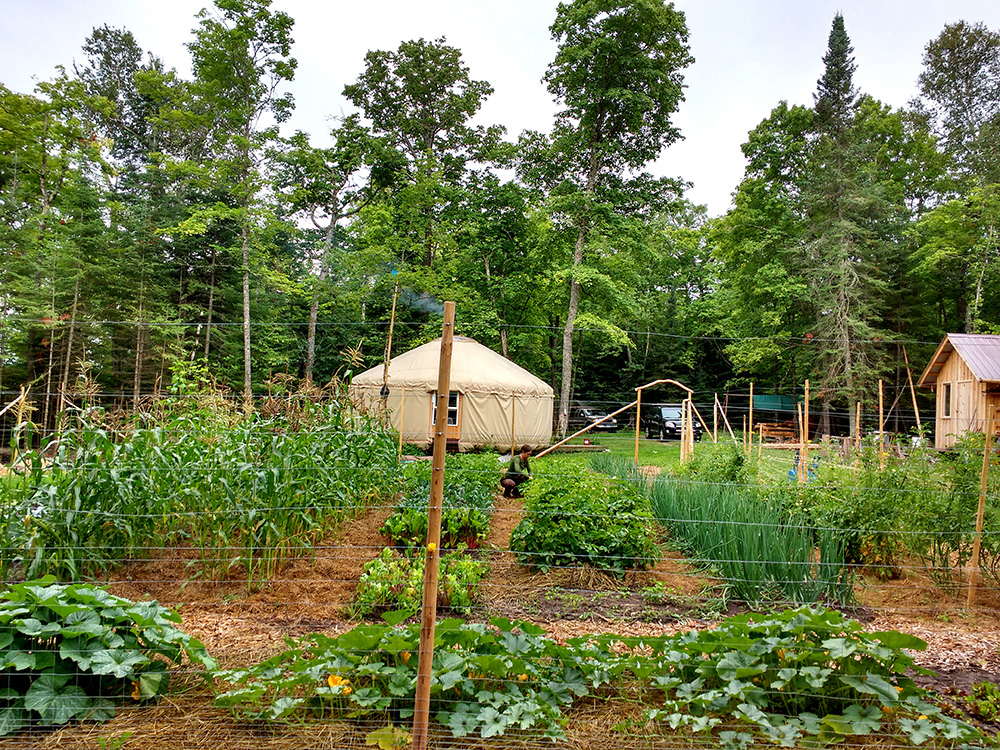
Baskets, Food and Learning

I have been living in northern Minnesota and spending time teaching basketry workshops, exploring the area I live in, and scheduling life around food and the seasons.
As I begin my time in the Artisan Development Program at North House, I’ll share a bit about where I was before moving to Grand Marais a month ago. I have been living in northern Minnesota and spending time teaching basketry workshops, exploring the area I live in, and scheduling life around food and the seasons. Food is a huge part of all of our lives. I spend a great amount of time working to meet my food needs in a very direct way. That means harvesting wild foods, growing food, hunting, fishing, preserving, cooking, and working to do all of this efficiently. There is a lot that goes into food. A few things I am regularly asking are: What are the tools we need to harvest and prepare food? And what skills do we need to have in order to make the things we need?

Where I’ve lived for the last several years
Baskets are just one important part of this. Basketry can incorporate a wide range of craft including knowledge of local plants, knife and tool use, wood working, weaving and pattern use, understanding different materials and what they are suitable for, and knowledge of good harvest ethics. These skills translate into many areas of craft and create an avenue to connect with our local environments, and with other people through learning together or sharing in the work of it all.
One common purpose of a basket is as a container. Sure, the five gallon plastic bucket does have its place in the world, but so does the basket. Containers are everywhere. They are small, large, portable, stationary, breathable, watertight, decorative, simple, soft, rigid, and anything else you can imagine. “Container” is quite a broad term, and the term “basket” is equally broad. A sampling of a few materials I like to work with:

Spruce root, willow, cedar bark, basswood bark, birch bark
Aside from containers, specific baskets have uses in cooking, processing and preparing a range of foods. Perhaps there will be more in depth postings about those types of things later this year as I continue learning, but for now, I’ll just share this photo of baskets used as containers for collecting food.

Baskets L to R: Willow / black ash/ willow baskets by Emily Derke, Birch bark baskets by Nate Johnson
As I start digging in to more in depth learning over the next two years here, I am excited to be learning from other basket makers and exploring the varied uses and wide range of skills involved in basketry and the many other crafts that connect us to the places we live, the food we eat and the people in our lives.